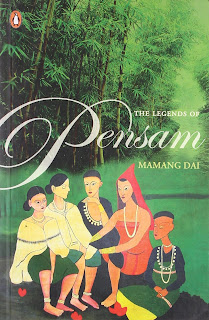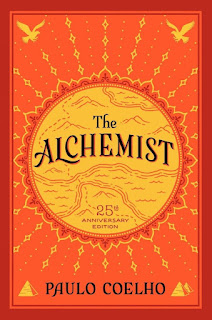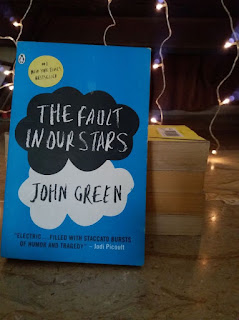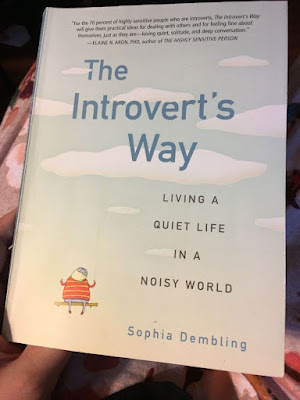The legends of pensam book summary - Readershub
The legends of pensam book summary
The Legends of Pensam begins with a preface which phrases the narration. The prologue talks of a group of six people including the narrator drifting from Assam to Arunachal Pradesh. As the helicopter in which they are traveling leaves the plains behind and approaches the hills and mountains, the narrator reminiscences her childhood and the stories which sustained the dream-like integrity of the early years of her life. As she crosses the path which takes her back to the land of her birth, she attempts to bridge the disconnect between her past and her present, the stories that nourished her childhood, and the realities that maintain her adult life.
The book begins with an explanation of the narrator’s return to Gurdum town, where she lived before she moved to the city. She along with her friend Mona toured together to Duyang which is the “village of widows” and the village of the narrator’s mother. The homecoming was the important part occasioned by the fact that Mona proprietor and editor and color of a glossy newspaper called “Diary of the world”, was always lookout for for “unusual true-life stories”. Mona is of Arab-Greek extraction and her husband Jules, a famous growth scientist is French. Theirs was a “mobile lifestyle” that entailed a lot of travel across countries and continents and they were on a brief posting in New Delhi at that time.The first paragraph “a diary of the world” opens with the story of Hoxo, “the boy who fell from the sky” and was found in the woodland by Luthor, the famous chief of the Ida clan of the Adis who sent him home. When asked about the child, Rakut’s father who was with Lutor said: “There was a great noise and fire in the sky and then our son fell to earth”. Hoxo was bred by Lutor and his wife as their child. Lutor was killed in a hunting accident later and the ent happened by his sighting of the moisture serpent named Birbik. Hoxo grew up and married Losi who was born to a river woman. Their house was a warm and happy place full of people. There were his two sons, their five children, and friends, brothers, sisters, and relatives who came and went at any time and there were visitors.The narrator and Mona Climbed the hill to reach the town of Duyong and to meet Hoxo and his family. They were welcomed by Losi and soon Hoxo’s mother also emerged from the house. Her presence induced a spell on her two visitors. The narrator told Hoxo’s mother about Mona’s interest in the stories of the village. Hoxo’s mother remembered that her grandson Bodak had an interesting story to tell, the story of “the strange case of Kalen, the hunter”. One day Bodak and his friends decided to set off for a hunt. They were joined by Kalen who had been ill with malaria for the past one month. Sighting a hand of monkeys, the hunters decided to follow them. However, Kalen went off by himself .The weather changed suddenly and the hand of mothe nkeys also disappeared. All this environment showed some presence of evil. Loma, one of the party members fired at what he thought was a monkey but it arose that his shot killed Kalen. On the way back, just as Bodak and Loma crossed the bridge to the village with the dead body of Kalen, the lashings of the rope bridge came undone and the rest of the party toppled into the stream below. Bodak observed that it was a cursed afternoon and that the men ” had come back from the realm of malevolent spirits”. Kalen’s widow, Omum carried on with her life without stopping to pine or utter recriminations and the village too carried on.As the narrator and Mona sat sipping rice brought for them by Hoxo’s mother waiting for the feast that Losi was preparing for them, Mona narrated how her daughter Adela had been diagnosed with autism and how she and her husband had to leave Adela in a school for autistic children. Hoxo who was listening to the story narrated an incident that occurred in the neighboring village of Yagbo around the same time that Adela was diagnosed with autism. Kepi, the two-year-old son of Karyon Togum had a high fever and after that, he would cry, eat and sleep but could not move. The parents went to the hospital in Pigo and consulted many famous shamans. Almost a year later, someone remembered that Togum had shot a python and maybe it was the spirit of a snake that had coiled itself around the child. In “silence of adela and kepi”, Hoxo tells Mona and the narrator that it fell upon him to perform the snake ritual that would free the child, but it was too late, and “the spirits had moved away to a place beyond recall”.The next story titled “pinyar the widow” tells the tragic tale of pinyar who fe;; in love with Orka, a member of a different clan, and bore him a child out of wedlock. Within a year, Orka left Pinyar and took the child with him. After some years Pinyar was married to Lekon but tragedy struck again when Lekon was killed in a hunting accident. Soon after, her house caught fire and as was the custom, she was banished to live on the outskirts of the village. However, this was not the end. Pinyar’s son, kamur, who had grown up into an able-bodied young man cut down two of his children with a dao in a fit of madness. Pinyar did all she could to save him and in the end, she was able to secure his release from the authorities. The tribespeople could not understand the meaning of the incident but as always”the community rallied to restore sense and order” and things gradually returned to normal.The animistic faith of the Adis, who believed in spirits and supernatural powers was a faith of coexistence. The characters, steeped in traditional beliefs could coexist peacefully. But the periods when people adjusted the space between the lived earth and the world of the supernatural in a way that allowed them to exist harmoniously with each other and with nature changed in the 1800s with the advent of the first white priests, surveyors, and soldiers. It is this time of change that is talked of in “small histories rememberededed in the season of rain” when Lutor and Rakut’s father goes to work on the infamous Stillwell Road being built by the Bee-ree-tiss (British) and American migluns.
Also, read; It ends with us










Comments
Post a Comment